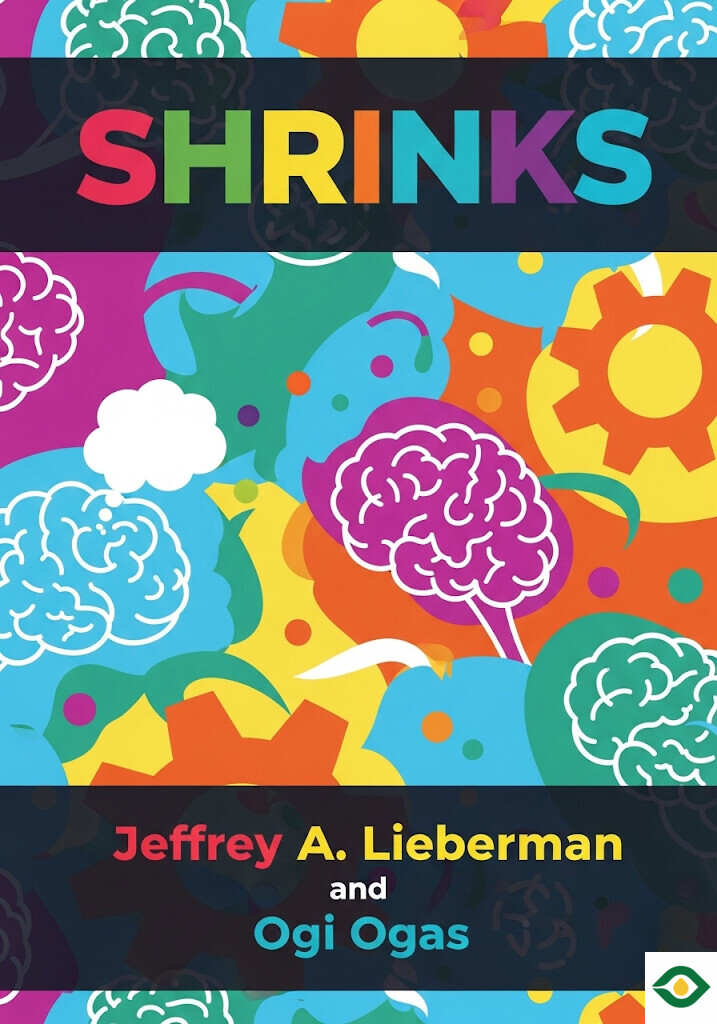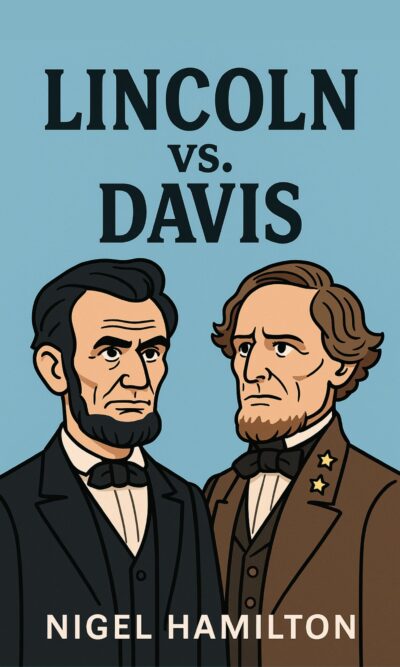Description
Psychiatry has always been about trying to understand the mind and heal those who suffer when their thoughts and feelings go out of balance. But the road to where we are today was never straight. It is a story full of darkness, strange experiments, and bold new ideas, but also of progress, compassion, and breakthroughs that have changed lives.
Centuries ago, people with mental illness were often abandoned, chained, or locked in terrifying asylums. These institutions were crowded, dirty, and cruel. Patients were sometimes treated like circus attractions, put on display for visitors. Treatments included bleeding, purging, or cold water baths, none of which helped. Yet even in those bleak times, some reformers believed people deserved dignity. In France, Philippe Pinel removed chains from patients and introduced humane care, clean surroundings, and structured routines. In the United States, Benjamin Rush, one of the country’s founding fathers, also spoke up for better conditions. These small steps opened the door to a more compassionate view of mental health.
Still, science was far from clear. Many doctors had strange theories. Benjamin Rush believed spinning patients in chairs could fix blood flow in the brain. Franz Mesmer thought invisible “animal magnetism” caused illness, and tried to heal with hypnosis and energy passes. Others later argued that sexual energy or cosmic forces were behind mental disorders. These ideas brought attention but no real cures. Some patients improved briefly, but long-term recovery was rare.
Then came Sigmund Freud, whose ideas reshaped the field forever. Freud argued that the unconscious mind hides desires, fears, and memories beneath the surface. He pictured the mind as an iceberg, with most of it invisible. He divided our psyche into three parts: the id, full of raw urges; the ego, balancing those urges with reality; and the superego, which represents morals and rules. For Freud, mental illness came from conflicts between these forces.
His solution was what became known as the “talking cure.” Instead of chains or bleeding, patients were invited to speak freely about dreams, childhood memories, and hidden fears. Freud listened, interpreted, and helped them understand themselves. This approach spread across Europe and America, inspiring figures like Carl Jung and Alfred Adler. By the mid-20th century, psychoanalysis dominated psychiatry in the United States. Therapists everywhere offered talking cures, and many believed everyone, not just the very ill, could benefit.
But Freud’s theories were not always backed by science. They often depended on personal interpretation rather than clear evidence. Some later psychoanalysts even blamed parents, especially mothers, for serious illnesses like schizophrenia or autism, adding guilt without offering real solutions. Psychoanalysis helped some people but failed to heal those with severe disorders.
Meanwhile, more extreme treatments appeared. Doctors tried inducing fevers by infecting patients with malaria, hoping to burn away mental illness. Others cut into the brain in lobotomy operations, which left patients passive but stripped of personality. Some experimented with shock therapies, using insulin or electricity to trigger seizures. While frightening, electroconvulsive therapy later proved effective for severe depression and is still used today, though now with anesthesia and careful methods.
The real turning point came in the 1950s with the rise of psychiatric medication. Drugs like chlorpromazine calmed psychotic patients, helping many leave institutions for the first time. Antidepressants like imipramine gave hope to those with deep sadness, while lithium stabilized extreme mood swings. For the first time, people with mental illness could live more normal lives outside hospital walls.
Yet psychiatry still faced criticism. In the 1960s and 70s, writers and researchers argued the field often harmed more than it helped. Books like The Myth of Mental Illness claimed that psychiatrists invented labels and forced treatments without real science. Experiments like David Rosenhan’s “On Being Sane in Insane Places,” where healthy people pretended to hear voices and were still diagnosed as schizophrenic, showed how unreliable diagnosis could be. Movies such as One Flew Over the Cuckoo’s Nest captured public suspicion, portraying institutions as places of control rather than healing.
By the 1980s, psychiatry needed to change. It moved away from vague theories and adopted clearer standards. The Diagnostic and Statistical Manual (DSM) was revised to focus on observable symptoms, not hidden conflicts. This shift made diagnosis more objective and consistent across different doctors. At the same time, science brought new tools. Brain scans like MRI and PET revealed physical differences in the brains of people with depression, schizophrenia, and other conditions. Genetic research showed how certain mental illnesses run in families, giving clues to biological roots.
One striking example came when scientists discovered that some people with mental illness had too many or too few copies of certain genes. These differences disrupted brain chemistry. In some cases, simple treatments like extra glycine supplements made a huge difference. This opened the door to personalized medicine—treatments tailored to an individual’s unique biology.
Looking back, psychiatry’s history is full of mistakes—brutal asylums, misguided experiments, and dangerous procedures. But it is also full of determination, compassion, and progress. From chains and ice baths to therapy, medication, and brain imaging, the journey shows how deeply people have wanted to heal the mind. Today, psychiatry is guided by science more than speculation, and though challenges remain, its future is full of possibility.
The story of psychiatry is, in many ways, the story of humanity learning to care for one another better. It reminds us that mental illness is not weakness, but a common part of human life, deserving understanding, respect, and proper care.





